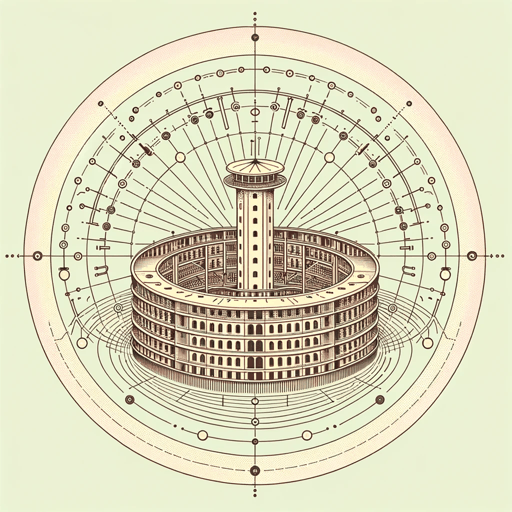46 pages • 1 hour read
Michel FoucaultThe History of Sexuality: Volume 1
Nonfiction | Book | Adult | Published in 1976A modern alternative to SparkNotes and CliffsNotes, SuperSummary offers high-quality Study Guides with detailed chapter summaries and analysis of major themes, characters, and more.
Part 2Chapter Summaries & Analyses
Part 2: “The Repressive Hypothesis”
Part 2, Chapter 1 Summary: “The Incitement to Discourse”
At the beginning of the 17th century, bourgeois society implemented a new wave of repression. Talking about sex and sexuality became taboo; these discussions were replaced with silence. Foucault argues that the increased repression both silenced discourse about sex and, paradoxically, amplified it. Metaphor was used to replace more directive approaches. Where and how sex could be discussed were policed; therefore, the parameters of sexual discourse were more clearly defined.
The evolution of the Catholic Church increased sexual discussion through sexual repression. The focus of the Catholic confession shifted from action—the confession of one’s behaviors and deeds—to motivation. The Church developed an emphasis on a person’s evil thoughts rather than their evil deeds. This required a detailed description of a person’s sexual desires and fantasies. Everyone, apart from an elite group, was required to participate in this form of confession to root out evil desires. Christianity influenced every aspect of sexual discourse. Language and vocabulary were censored carefully to reflect an overarching moral directive. In the confessional, however, sex and sexual thoughts were described in elicit detail. Sexual desire, which could never be fully eradicated, created a basis for infinite reliance upon the Church.
Related Titles
By Michel Foucault




